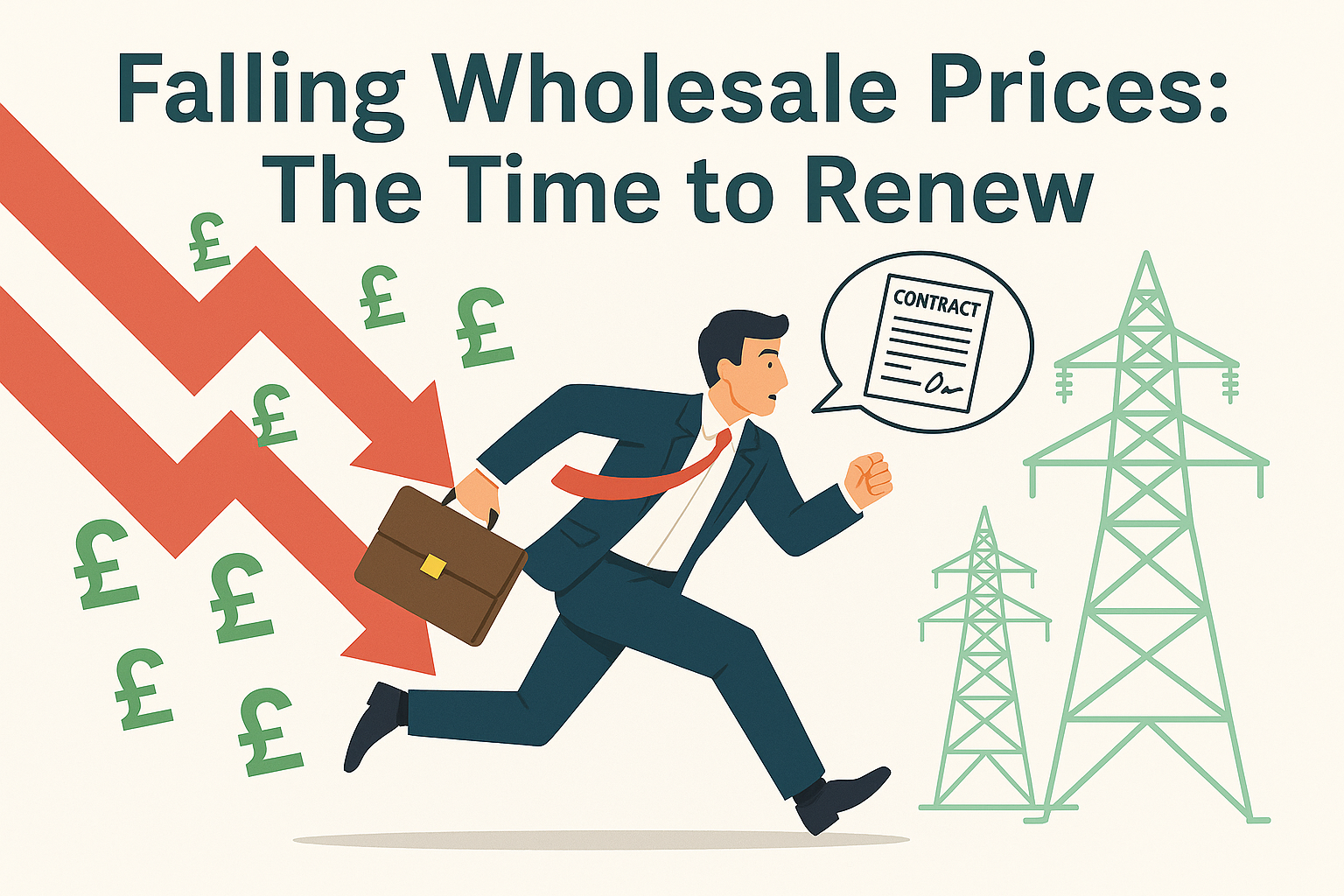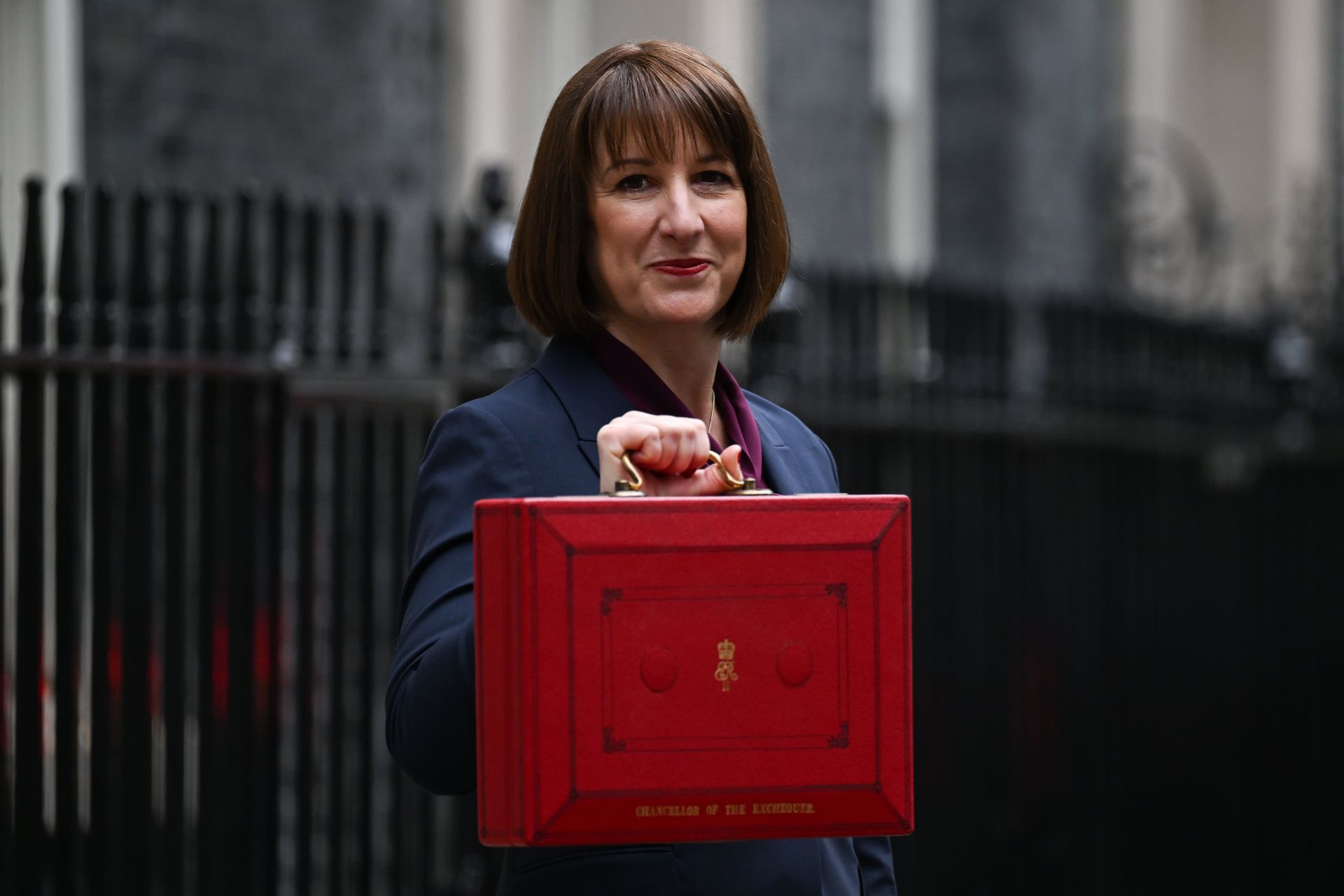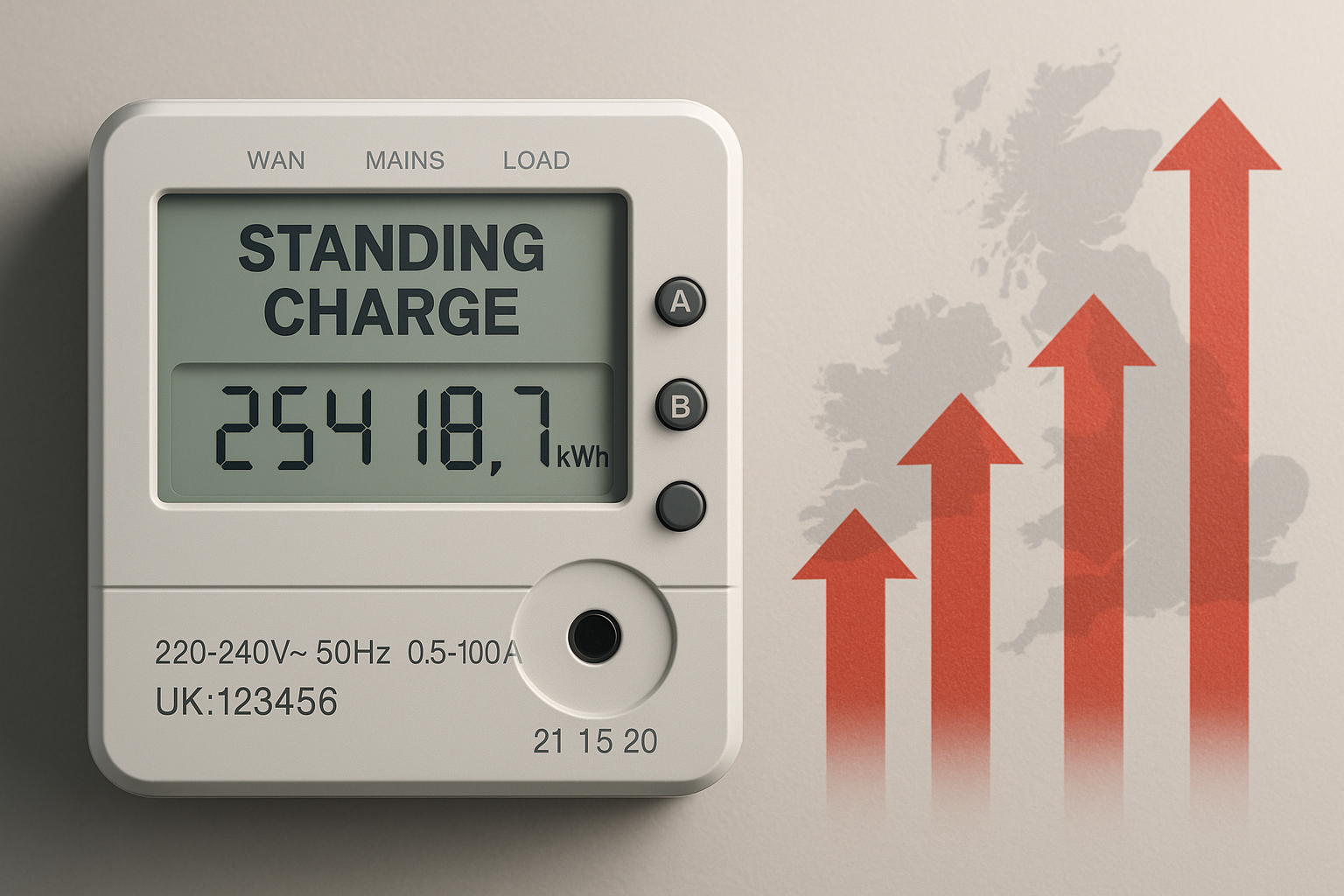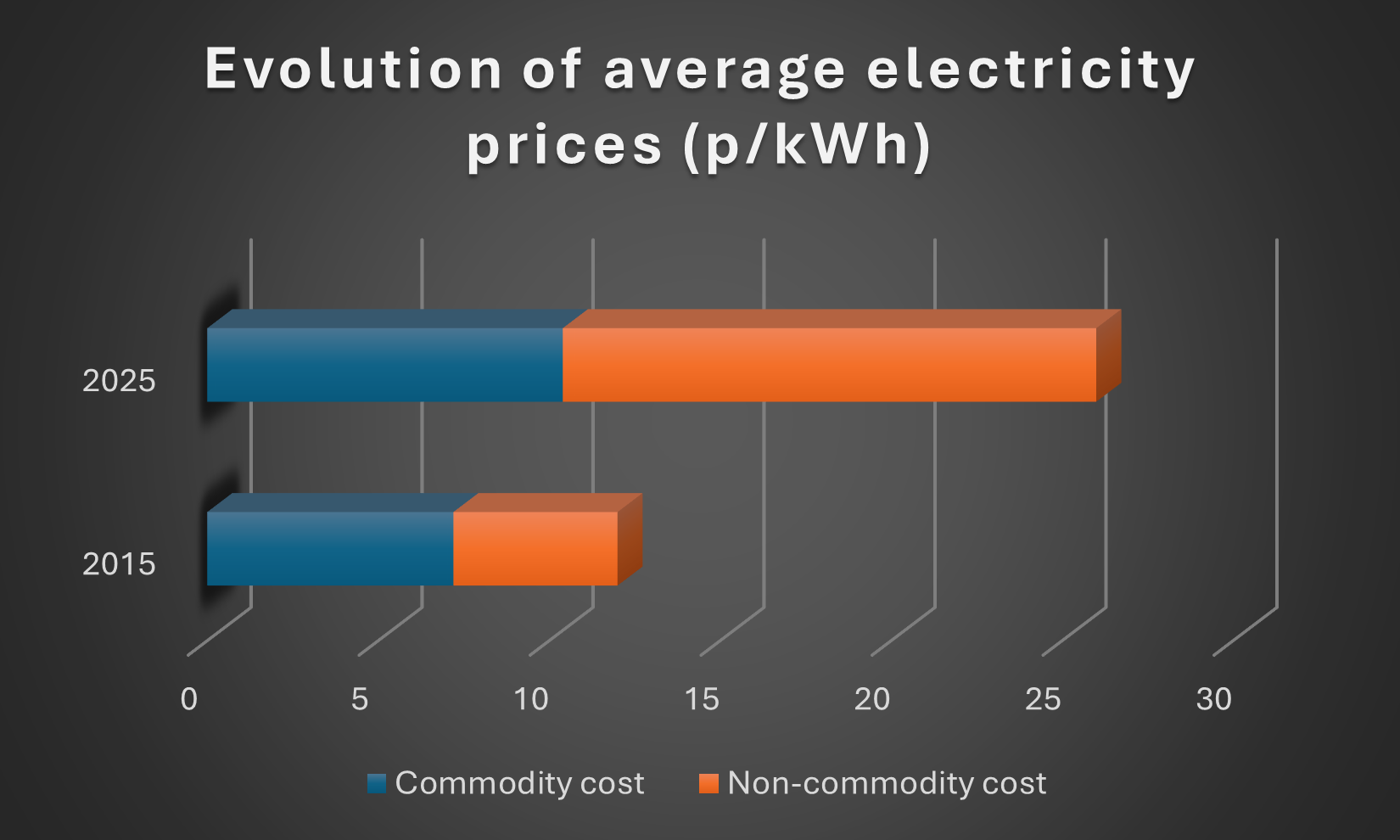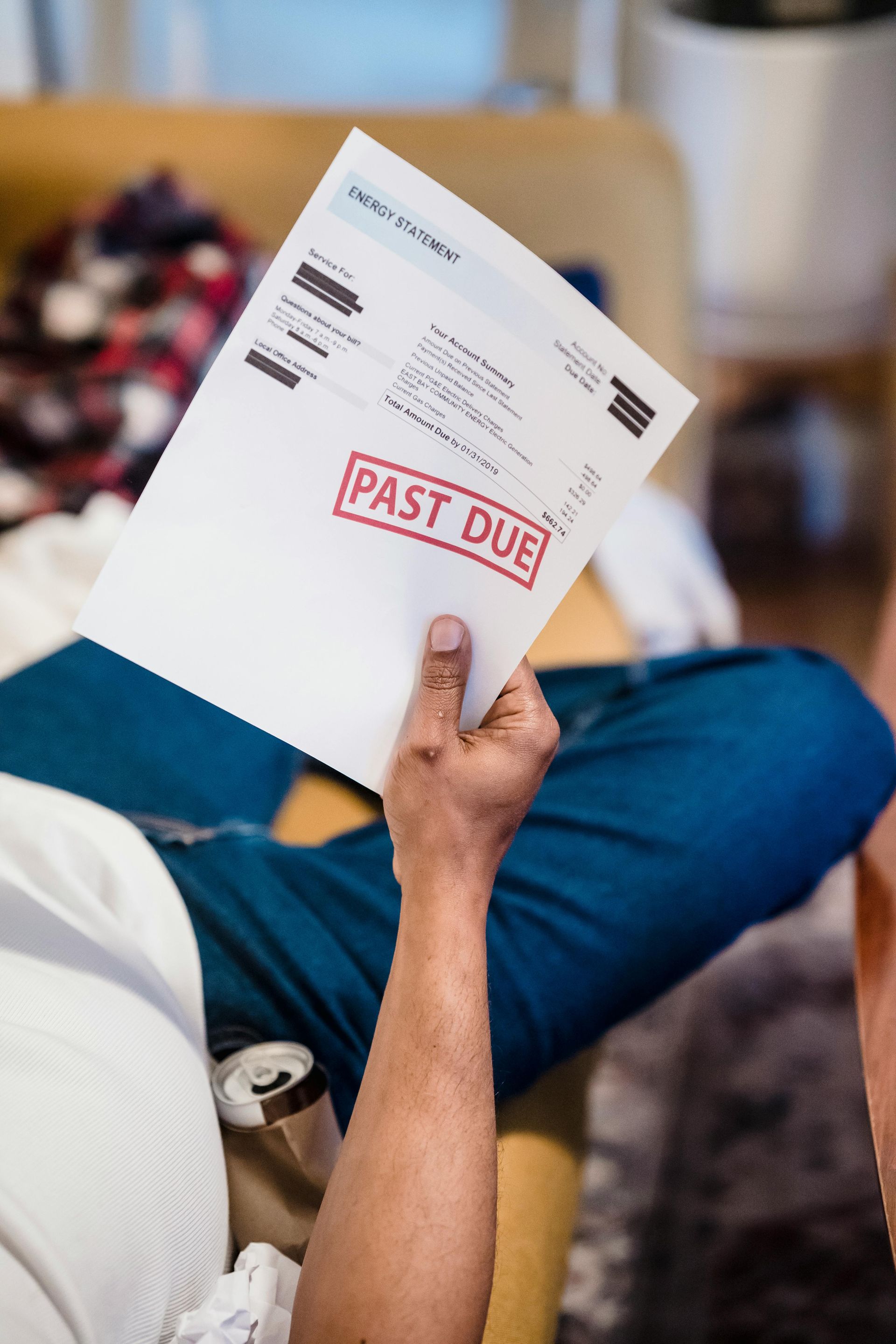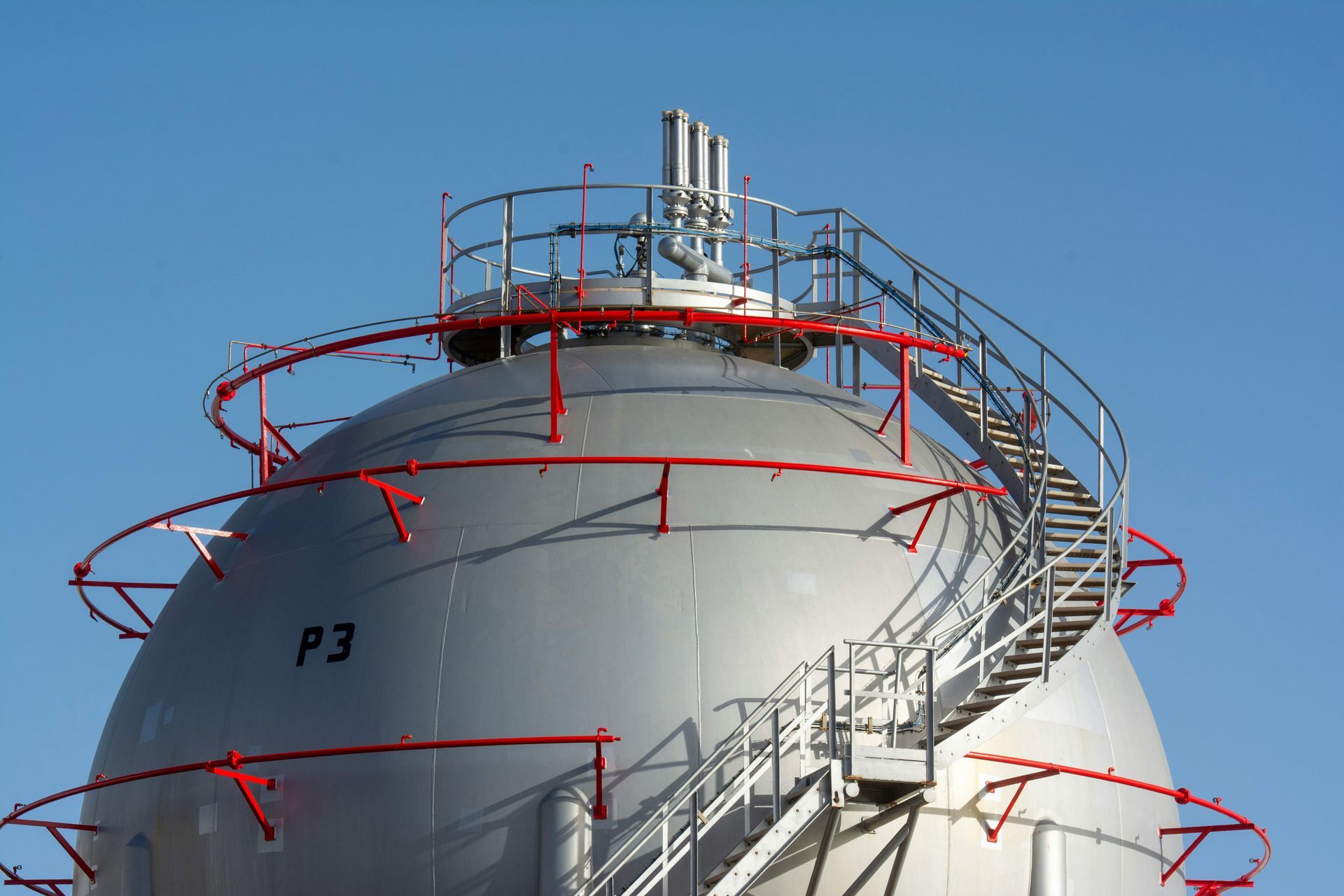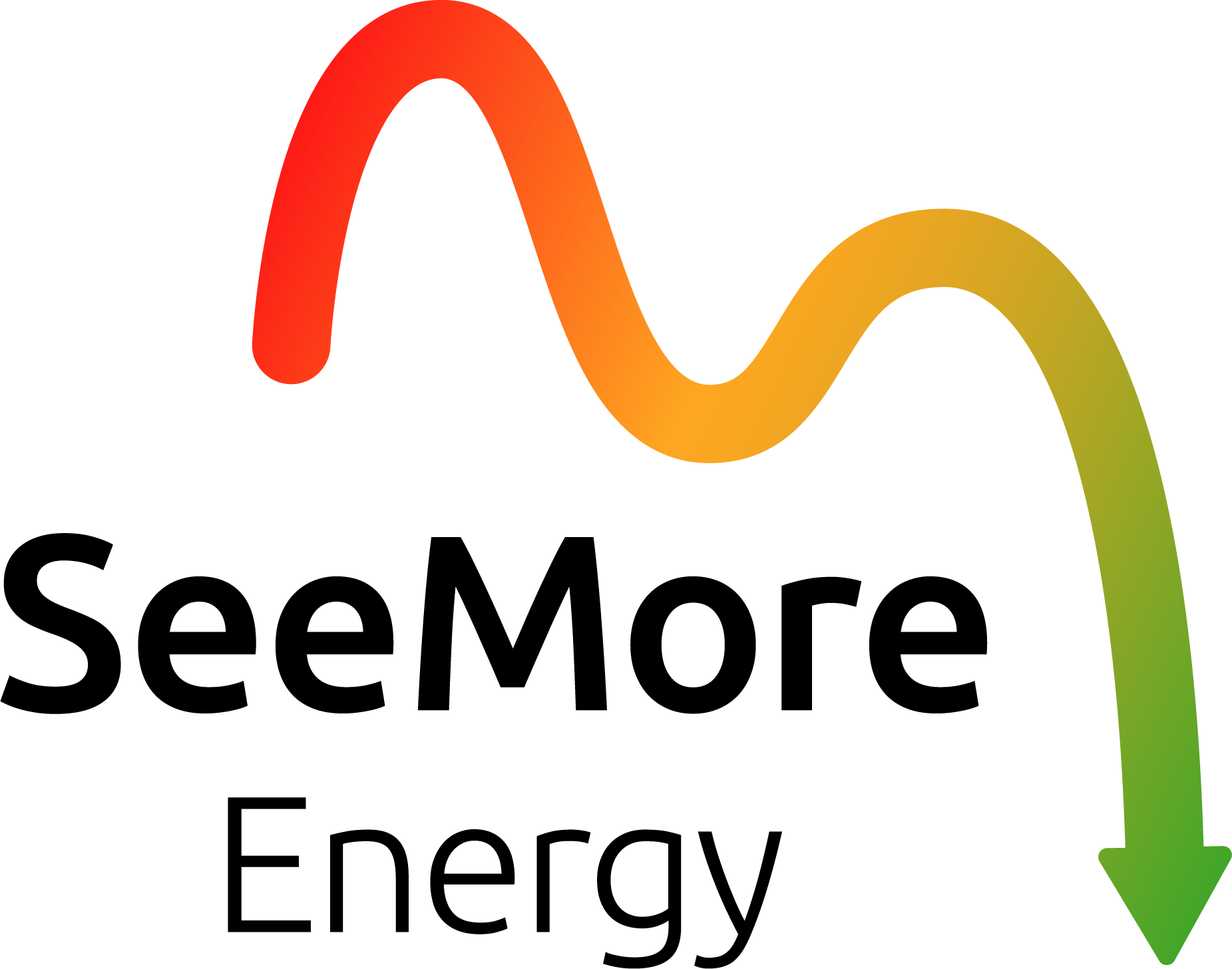The British Industry Supercharger
With government-imposed charges making up an increasing percentage of business energy bills, it is becoming difficult for many UK industries to remain competitive in international markets. This led to the introduction of the British Industry Supercharger (BIS). A scheme for energy-intensive businesses that aims to counteract many of the government-imposed environmental levies and the rising transmission charges. In this article, we cover how it works and what your business needs to know to benefit from it.
What is the British Industry Supercharger?
Launched on the 1st April 2024, the British Industry Supercharger is a strategic package of relief measures aimed at energy‐intensive industries (EIIs) such as steel, metals, chemicals, cement, glass and paper.
The aim is to reduce electricity non‐commodity costs so UK foundational industries can compete with businesses in nations with lower energy costs.
The BIS is comprised of 3 sections:
1. Relief from Renewable Levies
- This provides businesses with exemptions from paying Renewables Obligation (RO), Feed-in Tariff (FiT), and Contracts for Difference (CfD).
- These charges were added to invoices in order to fund green-power generation.
- Under the Supercharger, eligible EIIs can receive up to 100% exemption from these charges.
2. Network Charging Cost Compensation
- This offers discounts on electricity network charges - including Transmission Network Use of System (TNUoS) and Distribution Use of System (DUoS) fees.
- These fees cover the cost of maintaining the national grid and distribution networks, but can represent a large proportion of industrial energy bills.
- The BIS introduces a Network Charging Compensation (NCC) mechanism, reimbursing eligible firms for around 60% of these costs.
3. Capacity Market Exemption
- The scheme offers eligible business a full exemption from Capacity Market charges.
- The Capacity Market is funded through indirect charges on electricity bills with the aim of funding generators to ensure they are available during supply-peaks.

Who is eligible?
The full list of eligible industries by SIC code can be found here (pg 28).
Why this matters to your business
If your business consumes large volumes of electricity, green levies and network charges are an ever-increasing overhead. Non-commodity costs now account for a larger portion of business energy bills than the actual units of electricity consumed. By eliminating these charges, businesses can significantly reduce their energy spend.
How to access the savings
To benefit from the scheme, businesses need to:
- Check eligibility: Your business must be classed as an “energy‐intensive industry” (EII) and hold a valid EII certificate.
- Register and apply: For network charging compensation, businesses must apply via an online portal (administered by Elexon) and meet quarterly application windows.
- Monitor ongoing changes: The scheme is being developed further—network charge relief is expected to increase (for example from 60% to higher levels), and eligibility may broaden in future.
For many sectors, the savings made from this scheme can be the difference between being competitive internationally and being unable to compete.
If you’d like to explore how the British Industry Supercharger could reduce your energy costs -- or need expert support in checking your eligibility and applying for an EII certificate -- get in touch with us today. Our team can provide clear, no-obligation advice to help ensure you’re not paying a penny more than you need to for your energy.
Contact Us
